Raw milk has been a topic of debate in recent years. Some people believe it offers health benefits, while others warn of potential risks. Raw milk is milk that hasn’t been pasteurized or homogenized. Drinking raw milk can expose you to harmful bacteria that may cause serious illnesses.
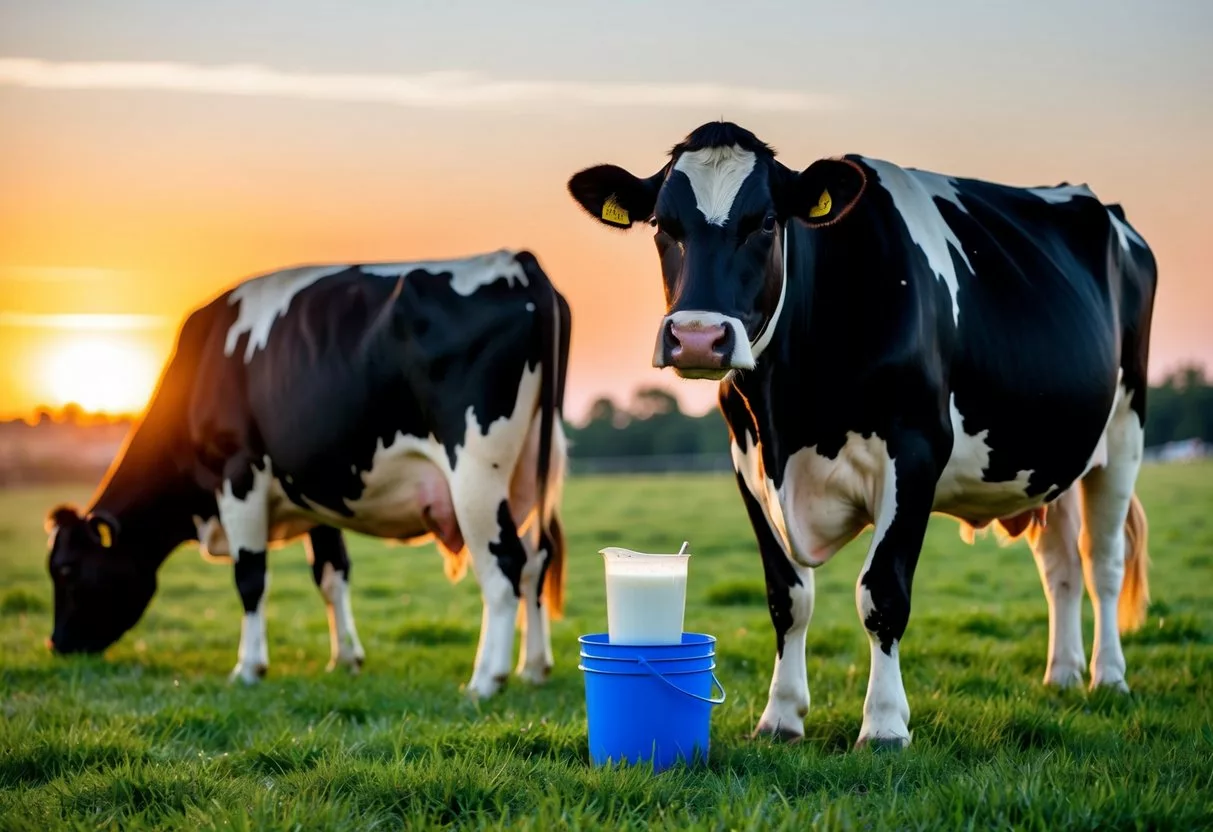
Many claim raw milk has more nutrients than pasteurized milk. They say it’s better for digestion and can help with allergies. But scientific studies don’t support these claims. The nutritional differences between raw and pasteurized milk are small.
The main concern with raw milk is safety. It can contain dangerous germs like E. coli and Salmonella. These can make people very sick, especially kids, older adults, and those with weak immune systems. That’s why health experts warn against drinking raw milk.
Key Takeaways
- Raw milk may contain harmful bacteria that can cause serious illness
- The nutritional differences between raw and pasteurized milk are minimal
- Health experts advise against drinking raw milk due to safety concerns
Raw Milk
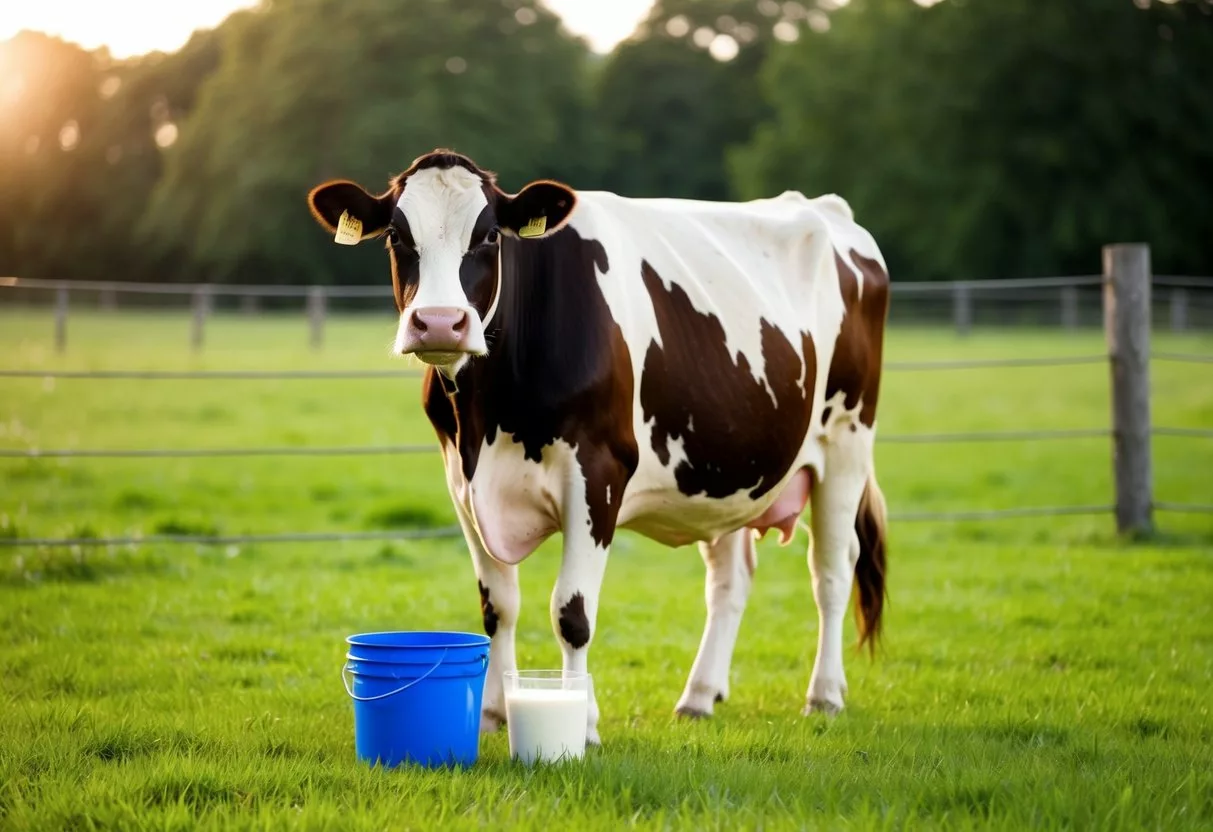
Raw milk differs from pasteurized milk in key ways. It comes straight from cows without heat treatment. This affects its safety and nutrient content.
Definitions and Differences
Raw milk is milk that has not been pasteurized or homogenized. Pasteurization heats milk to kill harmful bacteria. Homogenization breaks up fat globules for a smooth texture.
Pasteurized milk is heated to 161°F for 15 seconds. This kills germs but may alter some nutrients. Raw milk keeps all its original components intact.
Raw milk can contain beneficial bacteria and enzymes. But it may also harbor dangerous pathogens. Pasteurized milk is considered safer to drink.
The taste differs too. Raw milk fans say it has a richer, creamier flavor. Pasteurized milk has a milder taste that some find less complex.
Production and Processing
Raw milk comes directly from dairy cows. Farmers milk the cows and quickly chill the milk. It’s then bottled without further processing.
Strict hygiene is crucial. Farmers must keep cows healthy and equipment clean. Even so, raw milk can pick up bacteria from the cow or environment.
Pasteurized milk goes through more steps. After milking, it’s filtered and heated to kill germs. Then it’s quickly cooled and packaged.
Many countries ban raw milk sales due to health risks. Where it’s legal, farms often need special permits. Buyers may have to go directly to farms to purchase it.
Nutritional Aspects of Raw Milk
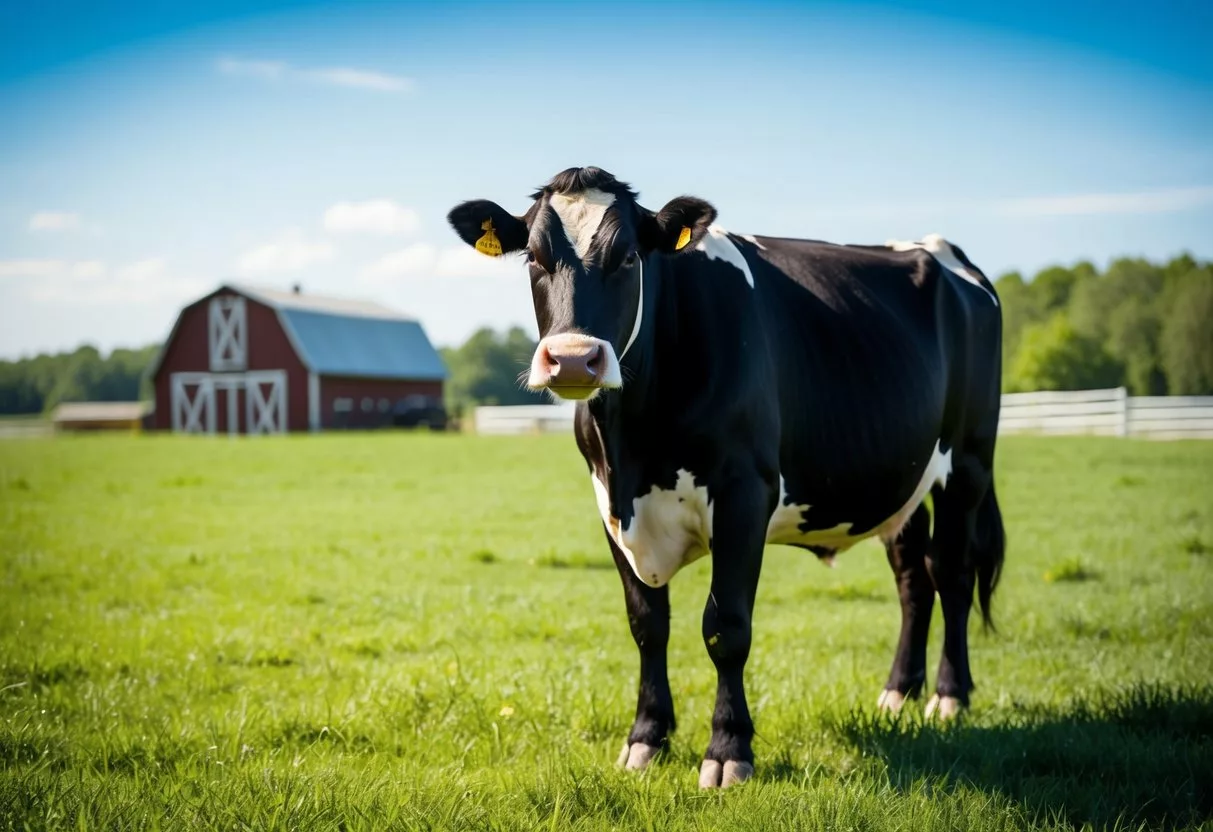
Raw milk contains nutrients, proteins, fatty acids, and bacteria. These components differ from pasteurized milk in some ways.
Proteins and Fatty Acids
Raw milk has proteins with biological activity similar to pasteurized milk. It contains whey and casein proteins that are easy to digest.
The fatty acid profile of raw milk includes omega-3 and conjugated linoleic acid. These may offer health benefits.
Raw milk has enzymes like lactase. This enzyme helps break down lactose, the sugar in milk. Some people think this makes raw milk easier to digest.
Vitamins and Minerals
Raw milk is rich in vitamins. It has vitamins A, D, E, and K. B vitamins are also present, including B12 and riboflavin.
The mineral content of raw milk is high. It provides calcium, phosphorus, and potassium. These minerals support bone health.
Raw milk contains beneficial bacteria. These may boost gut health. But they can also include harmful bacteria that cause illness.
Heat from pasteurization can lower some nutrient levels. But pasteurized milk still offers similar nutritional benefits to raw milk.
Health Implications of Drinking Raw Milk
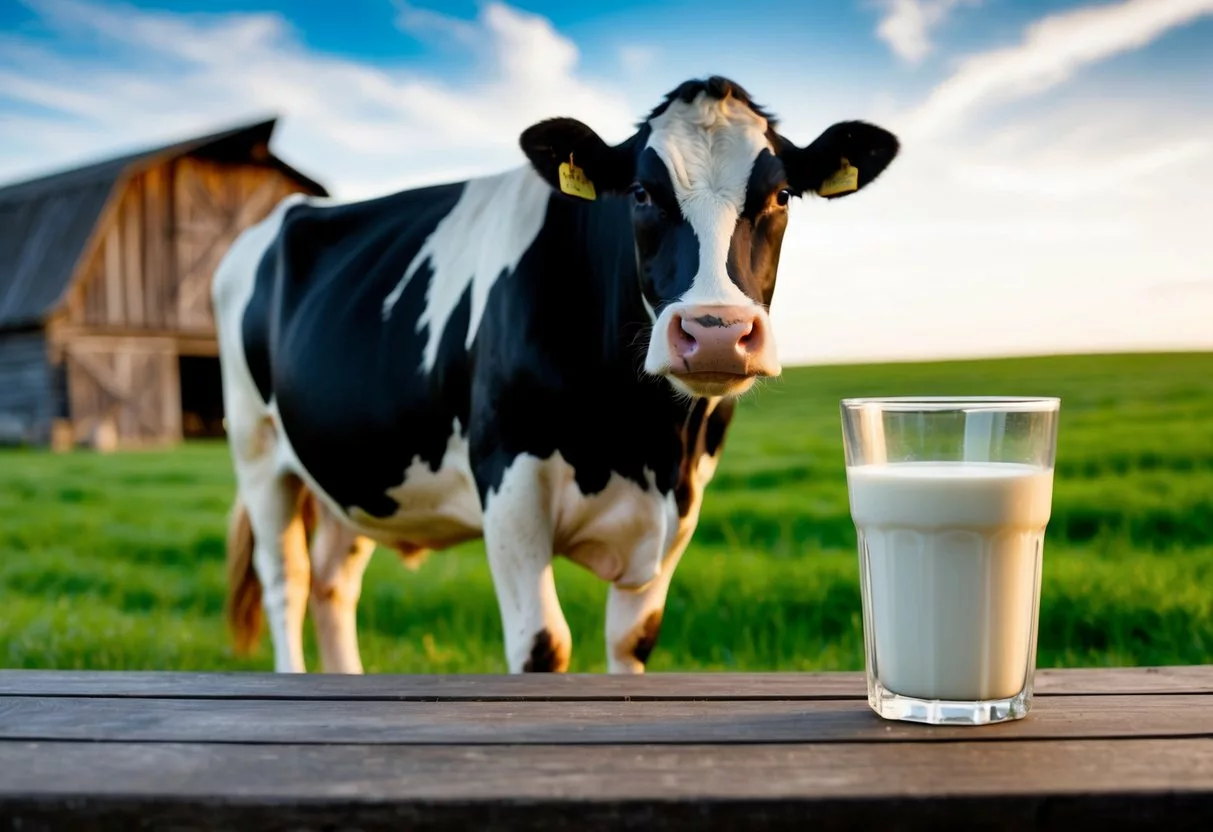
Raw milk can have both positive and negative effects on health. It may offer some benefits but also carries significant risks of foodborne illness.
Potential Health Benefits
Some people believe raw milk has health advantages. Raw milk contains beneficial bacteria and enzymes that may support digestion. These components are often reduced during pasteurization.
Raw milk fans claim it can help with lactose intolerance. They say its natural enzymes make it easier to digest than pasteurized milk.
Some think raw milk could reduce allergies and asthma. A few studies have linked raw milk consumption in childhood to lower rates of these conditions. But more research is needed to confirm this.
Known Health Risks
Drinking raw milk can be very dangerous. It may contain harmful bacteria like E. coli, Salmonella, Listeria, and Campylobacter.
These pathogens can cause severe foodborne illnesses. Young children, pregnant women, older adults, and people with weakened immune systems are at highest risk.
Raw milk has been linked to many outbreaks. From 1993 to 2012, there were 127 outbreaks tied to raw milk in the U.S. These caused over 1,900 illnesses and 144 hospitalizations.
Pasteurization kills dangerous bacteria. It makes milk much safer to drink without reducing its nutritional value.
Symptoms of Illness
Drinking contaminated raw milk can make you very sick. Symptoms often start 1-3 days after consuming the milk.
Common symptoms include:
- Stomach cramps
- Nausea
- Vomiting
- Diarrhea (sometimes bloody)
- Fever
In severe cases, raw milk illnesses can lead to kidney failure, paralysis, or even death. Pregnant women who get listeriosis from raw milk may suffer miscarriage or stillbirth.
If you develop these symptoms after drinking raw milk, see a doctor right away. Quick treatment is important, especially for high-risk individuals.
Scientific and Medical Perspectives
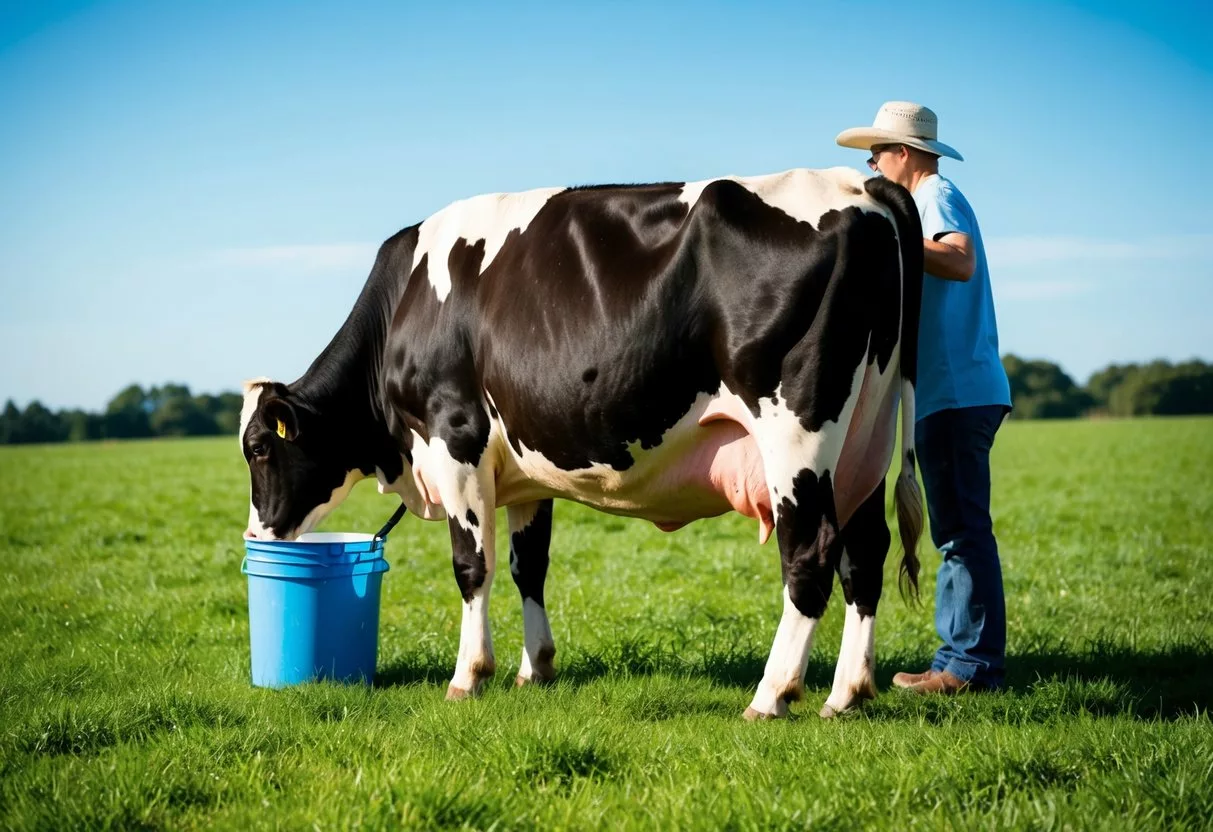
Experts have studied raw milk’s effects on health. They’ve looked at disease outbreaks, digestive issues, and allergies. Their findings shed light on the risks and impacts of drinking unpasteurized milk.
Disease Outbreaks and Prevention
Raw milk can contain harmful bacteria like campylobacter. These germs can make people very sick. From 1993 to 2012, raw milk caused 127 outbreaks in the U.S.
Pasteurization kills bad bacteria. This process heats milk to a specific temperature. It makes milk safer to drink.
Dairy farms try to keep milk clean. But even careful practices can’t remove all risks. Cows can pass germs to milk without looking sick.
Research on Digestive Health and Allergies
Some claim raw milk helps digestion. They say it has good bacteria. But science doesn’t back this up.
Raw milk does contain lactobacillus. This is a type of good bacteria. But pasteurized milk has it too.
Studies on raw milk and allergies are mixed. Some show it might help. Others find no benefit. More research is needed.
Dairy Allergy vs. Lactose Intolerance
Dairy allergy and lactose intolerance are different. An allergy involves the immune system. It can cause serious reactions.
Lactose intolerance means trouble digesting milk sugar. It’s not dangerous, but can be uncomfortable.
Raw milk doesn’t help either condition. For lactose intolerance, lactose-free milk is safer. People with dairy allergies should avoid all milk.
Experts warn that raw milk’s risks outweigh any possible benefits. They say pasteurized milk is the safer choice.
Culinary and Consumption Practices

Raw milk offers unique culinary uses and flavor profiles. It can be used to make various dairy products through traditional methods.
Flavor Profile Comparison
Raw milk has a richer, creamier taste compared to pasteurized milk. Its flavor is often described as more complex and full-bodied. The taste can vary based on the cow’s diet and the season.
Raw milk’s natural bacteria contribute to its distinct flavor. These microbes break down proteins and fats, creating subtle flavor notes.
Some people find raw milk sweeter than pasteurized milk. Others note grassy or earthy undertones. The fat content also impacts taste, with higher fat raw milk having a more robust flavor.
Dairy Products Derived from Raw Milk
Raw milk can be used to make various dairy products. These include cheese, butter, yogurt, and kefir.
Cheese made from raw milk is prized by some for its complex flavors. Raw milk cheeses aged over 60 days are legal in some areas.
Raw milk yogurt is said to have a tangier taste and creamier texture. Fans claim it has more probiotics than yogurt made from pasteurized milk.
Butter churned from raw cream has a richer flavor. It may have a yellower color due to higher beta-carotene content.
Kefir, a fermented milk drink, can also be made with raw milk. It’s known for its tart taste and probiotic content.
Regulations and Safety Standards
Raw milk regulations vary around the world. Safety standards aim to protect consumers from harmful bacteria. Proper handling is crucial for reducing health risks.
US and Global Perspectives
In the United States, selling raw milk across state lines is illegal. Some states allow raw milk sales within their borders. Others ban it completely. The FDA requires pasteurization for all milk sold interstate.
Many European countries permit raw milk sales. They often have strict rules for production and testing. Australia and Canada generally prohibit raw milk sales. New Zealand allows it with tight controls.
Globally, regulations focus on herd health, hygiene, and testing. Some countries require warning labels on raw milk products. Others mandate special licenses for producers.
Milk Safety and Handling
Safe raw milk production starts with healthy cows. Farmers must keep dairy herds free of disease. Clean milking equipment is essential. Rapid cooling after milking helps slow bacterial growth.
Raw milk has a short shelf life compared to pasteurized milk. It should be refrigerated promptly and used within a few days. Consumers should always check for signs of spoilage before drinking.
Pasteurization kills harmful bacteria like E. coli and Salmonella. It also extends milk’s shelf life. The process involves heating milk to a specific temperature for a set time.
• Temperature: 161°F (71.7°C) • Time: 15 seconds
This method preserves milk’s nutritional value while making it safer to drink.
Public Health and Consumer Choices
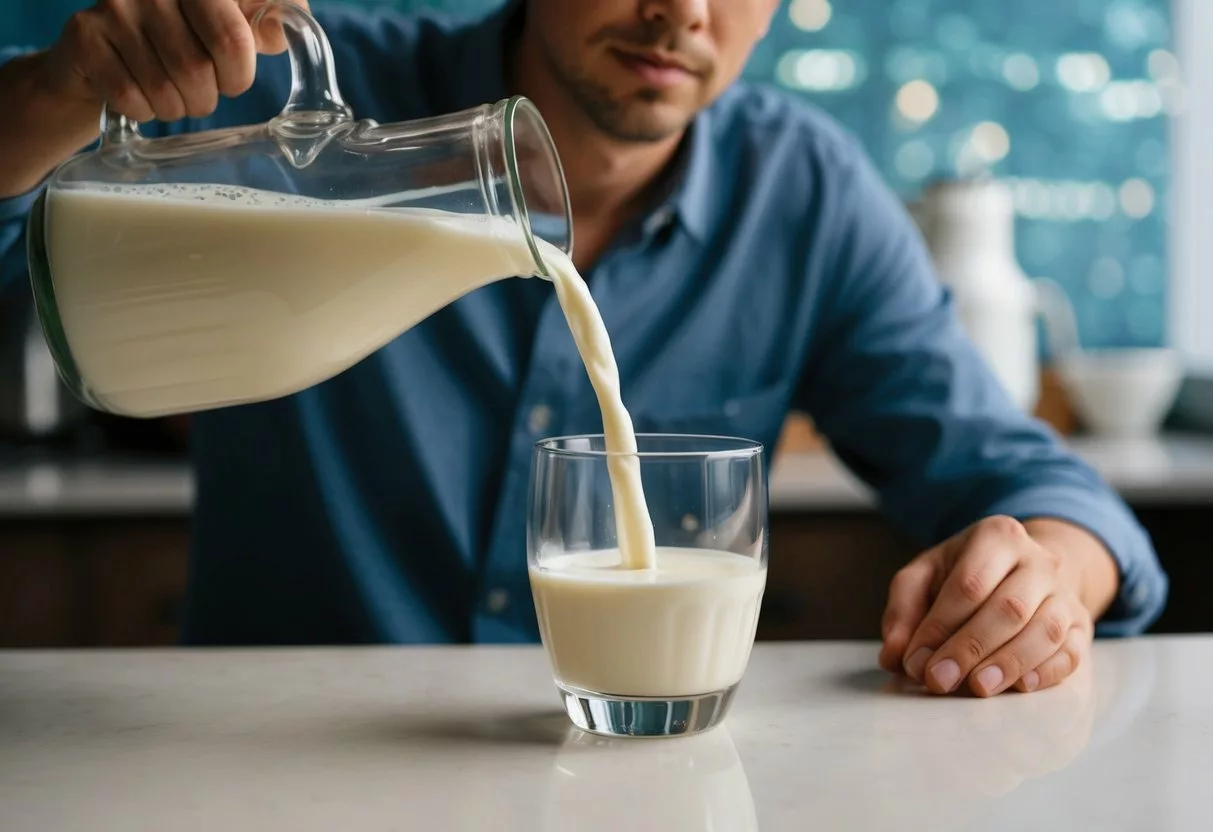
Raw milk consumption involves health risks and personal preferences. Public health efforts focus on education while respecting individual choices.
Education and Awareness
Raw milk can contain harmful bacteria like E. coli and Salmonella. Health officials work to inform the public about these risks.
Key education points include:
• Pasteurization kills dangerous pathogens
• Children, pregnant women, and those with weak immune systems face higher risks
• Raw milk offers no proven health benefits over pasteurized milk
Public health campaigns use websites, brochures, and community outreach. They aim to dispel myths about raw milk’s alleged benefits.
Some states require warning labels on raw milk products. These labels clearly state the potential dangers of consuming unpasteurized dairy.
Balancing Risks and Preferences
Despite warnings, some consumers still choose raw milk. They may value its taste or believe in unproven health claims.
States have different laws on raw milk sales. Some allow retail sales, while others restrict it to farms only. A few ban all raw milk sales.
Regulators try to balance public safety with consumer freedom. This includes:
• Strict testing of raw milk for bacteria
• Licensing requirements for raw milk producers
• Limiting sales to reduce widespread outbreaks
Consumers must weigh personal preferences against known health risks. Making an informed choice requires understanding both sides of the debate.
Frequently Asked Questions
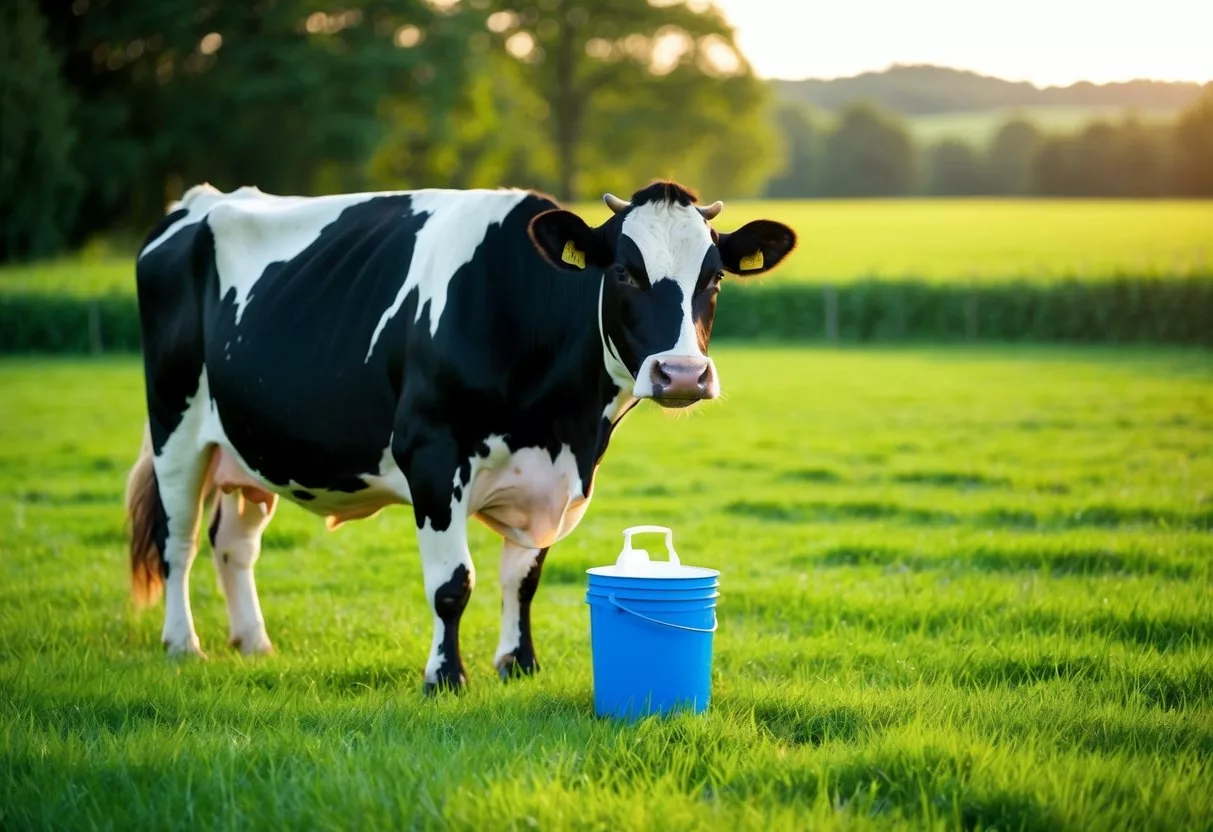
Raw milk consumption raises many important questions about safety, health effects, and regulations. People want to know about risks, benefits, and what to do if they get sick.
What are the potential health risks associated with consuming raw milk?
Drinking raw milk can lead to serious illnesses. Raw milk may contain harmful bacteria like E. coli, Salmonella, and Listeria. These germs can cause severe stomach pain, vomiting, diarrhea, and fever.
In some cases, raw milk consumption has led to hospitalizations and even deaths. Young children, pregnant women, older adults, and people with weakened immune systems face the highest risks.
What is the statistical likelihood of contracting an illness from raw milk?
The exact odds of getting sick from raw milk vary. Between 1993 and 2012, there were at least 133 outbreaks linked to raw milk. These caused over 2,600 illnesses, 269 hospitalizations, and 3 deaths.
However, many cases likely go unreported. The true number of illnesses is probably higher than official statistics show.
Are there any benefits to drinking raw milk despite the risks?
Some claim raw milk has health benefits, but scientific evidence is lacking. A study found that proteins in raw and pasteurized milk had similar effects in the body.
Any potential benefits do not outweigh the serious health risks. Experts strongly advise against drinking raw milk due to safety concerns.
How does the pasteurization process affect the safety and properties of milk?
Pasteurization kills harmful bacteria in milk. It involves heating milk to a specific temperature for a set time. This process makes milk much safer to drink.
Pasteurization does not significantly change milk’s nutritional value. It slightly reduces some vitamins, but milk remains a healthy drink after pasteurization.
What should I do if I’ve ingested raw milk and am experiencing symptoms of sickness?
If you feel sick after drinking raw milk, see a doctor right away. Tell them you drank raw milk. Symptoms like severe stomach pain, fever, or bloody diarrhea need immediate medical care.
Stay hydrated by drinking lots of water. Keep track of your symptoms and when they started. This information can help your doctor treat you.
What are the legal regulations surrounding the sale and consumption of raw milk?
Laws about raw milk vary by state. Some states ban all raw milk sales. Others allow sales only on farms. A few permit raw milk in retail stores.
The FDA bans interstate sales of raw milk. They strongly advise against drinking it. Check your local laws before buying or consuming raw milk.